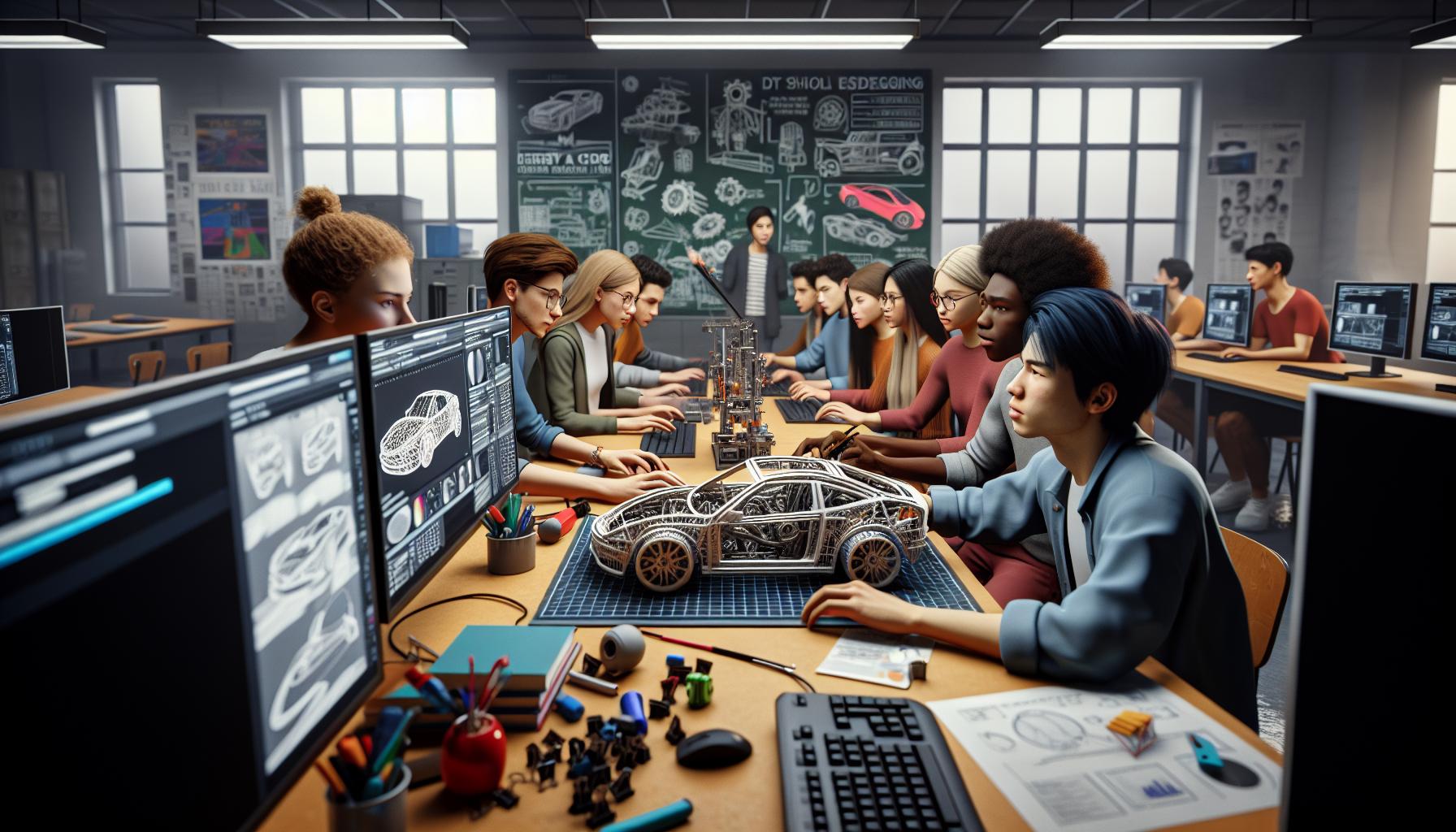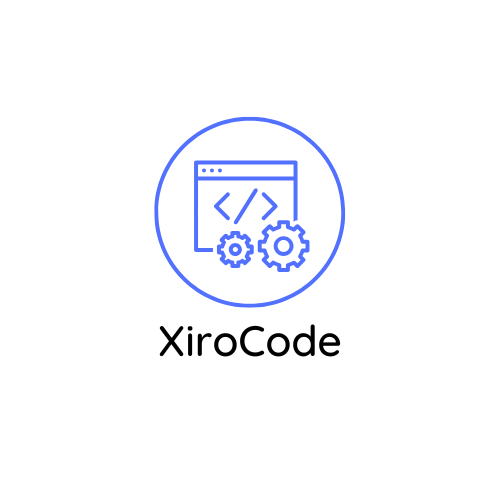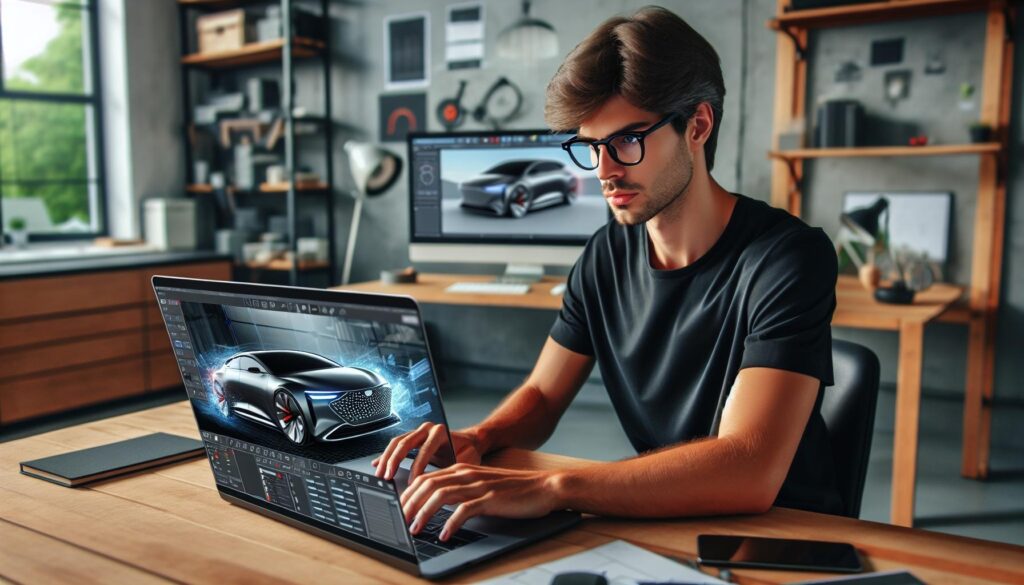Imagine cruising through the digital streets without ever leaving your living room. With the power of LinkedIn, ARKit, and Unity, this dream isn’t just a fantasy—it’s a reality waiting to be built. This course offers a unique opportunity to dive into the world of augmented reality and create your very own drivable car. Whether you’re a seasoned developer or just starting out, you’ll find the tools and guidance you need to rev up your skills.
LinkedIn ARKit and Unity: Build a Drivable Car in Augmented Reality Course
The course provides a robust framework for participants to explore the exciting world of augmented reality. Engaging tutorials and hands-on projects guide learners through the process of building a drivable car. LinkedIn collaborates with ARKit and Unity to enhance the learning experience, offering access to a wealth of resources.
Training sessions cater to various skill levels, accommodating both novices and seasoned developers. This inclusivity ensures that everyone can benefit from the course, regardless of prior experience. Detailed lessons cover essential AR concepts and techniques, promoting a solid understanding of the technology.
Hands-on projects facilitate practical application of learned skills. Participants can expect to work on real-world simulations, making the learning process more interactive. Expert instructors provide timely feedback, encouraging learners to refine their projects.
Networking opportunities with peers and industry professionals enhance the learning environment. Participants gain insights into best practices, trends, and challenges in AR development. Collaborating with others fosters creativity, leading to innovative solutions.
Overall, the course creates a comprehensive pathway into augmented reality development. With an emphasis on building a drivable car, students gain relevant skills that apply to future projects in AR. The combination of LinkedIn resources, ARKit technology, and Unity’s powerful engine prepares participants for success in the evolving tech landscape.
Course Objectives

This course focuses on building augmented reality experiences with a drivable car using LinkedIn, ARKit, and Unity. Participants will engage with essential concepts and techniques to create innovative projects.
Learning Outcomes
Learners will understand the fundamental principles of augmented reality development. They’ll acquire the ability to create interactive AR applications using ARKit and Unity. Students will also develop skills in implementing realistic physics for vehicle dynamics. Practical knowledge of debugging and optimizing AR experiences will enhance their proficiency. By course completion, participants will confidently showcase their AR project portfolios.
Skills Developed
Participants enhance their programming skills in C# and Swift, critical for Unity and ARKit development. They’ll learn to integrate 3D models effectively, creating immersive experiences. Problem-solving abilities strengthen as students troubleshoot common issues during development. Familiarity with UI design principles also grows, supporting user interaction in applications. Collaboration and networking skills improve through peer feedback and interactions with industry professionals.
Course Content Breakdown

This section outlines the core components of the course, providing vital insights into each area of focus.
Introduction to ARKit and Unity
ARKit and Unity serve as the foundation for developing immersive AR experiences. Participants explore the capabilities of ARKit, learning how it leverages device cameras and sensors to create realistic environments. Unity, a powerful game engine, enables seamless integration of AR components. Through guided tutorials, learners familiarize themselves with both tools, grasping essential functionalities. Technical terms and concepts become clearer as they progress, enhancing their overall understanding and confidence in using AR technologies.
Building the Drivable Car Model
Creating the drivable car model involves multiple steps, starting with 3D modeling. Participants utilize software to design and texture their vehicle, ensuring it looks realistic. Important features, such as wheels and chassis, get detailed attention. Once modeling is complete, importing assets into Unity becomes necessary for further development. Each learner customizes their vehicle, enabling unique designs that showcase personal creativity. Clear instructions and best practices are provided to ensure successful implementation within the AR framework.
Implementing Controls and Physics
Controls and physics are critical in making the car feel real within the AR space. Participants learn to use Unity’s physics engine to simulate realistic motion. Essential concepts like rigidbody dynamics and collision detection come into play, allowing for an accurate driving experience. Implementing touch controls for acceleration and steering takes center stage, with practical exercises reinforcing these skills. Effective feedback mechanisms ensure learners can troubleshoot issues during development. Each session emphasizes collaborative learning, enabling participants to exchange tips on refining their projects.
Course Delivery and Structure

The course combines various delivery methods to ensure an engaging learning experience. It comprises a mix of online video lectures, interactive tutorials, and practical projects.
Format and Duration
Learners access content through a user-friendly online platform. The course spans eight weeks, with each week allocated to specific topics and skills. Weekly modules feature video lessons lasting 30 to 60 minutes, complemented by hands-on assignments that reinforce learning. Participants engage in comprehensive live sessions for discussions and Q&A. This format allows for flexibility, accommodating different schedules while promoting steady progress.
Assessment and Feedback
Assessment occurs through continuous evaluation of assignments and projects. Instructors provide feedback after each submission, focusing on areas for improvement and successful implementations. Peer reviews also contribute to the assessment, encouraging collaborative learning. Participants receive constructive critiques that enhance their skills and confidence in augmented reality development. Regular check-ins with instructors ensure tailored support for individual progress, ultimately refining the learning experience.

